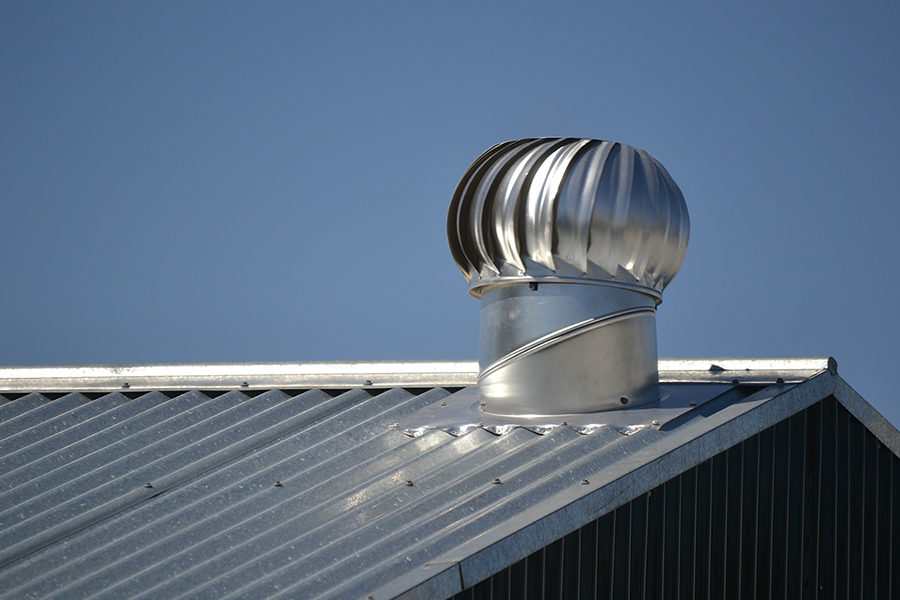
The vents in your office aren't just pumping out air
We rely on our HVAC systems to keep us cool when it’s hot and warm when it’s cold—but that’s not all they’re doing. Current systems waste huge amounts of energy and hemorrhage money as a result. It’s estimated that buildings consume more than 40% of our country’s energy, and of that energy, nearly one third is wasted due to outdated, inefficient systems like heating and cooling. Not only is this hard on the environment, significantly contributing to greenhouse gas emissions, it’s also hard on our wallets. Even cutting out half of these inefficiencies could lower the nation’s annual energy bill by nearly $80 billion.
Professors Mario Berges of Carnegie Mellon University’s Department of Civil and Environmental Engineering and Anthony Rowe of the Department of Electrical and Computer Engineering have come up with a way to combat these inefficiencies. Where current HVAC systems assume maximum occupancy in each room, Berges and Rowe aim to develop a system that can be installed into HVAC units, which will use depth sensors to accurately estimate how many people are in a particular room. That way, the system can stop heating or cooling empty rooms, and instead focus the energy on occupied ones.
The project is funded by the Department of Energy (DOE), as part of their $19 million dollar investment into 18 different projects designed to reduce building inefficiencies. The DOE’s aim is to reduce energy use in the U.S. buildings sector by 30 percent by the year 2030.
“If this project is successful, consumers will have indoor environments that are able to adjust their own temperature, to maximize comfort for their inhabitants, while minimizing energy consumption,” Berges explains. “We expect to be able to significantly reduce the energy consumption of heating, ventilation, air conditioning, and lighting for spaces installed with this solution, simply through gathering more accurate information about occupants.”
The project will develop a depth-sensor-based occupancy estimation and HVAC control solution that can be easily installed into existing buildings. The system will be able to sense and take into account much more than just the number of occupants in a space—using even the specific clothing worn by occupants to determine the space’s ideal temperature.
Berges, Rowe, and the rest of their team will begin work on the three-year project in the fall of 2016, in partnership with Bosch Research and Stony Brook University.
Story originally published here.